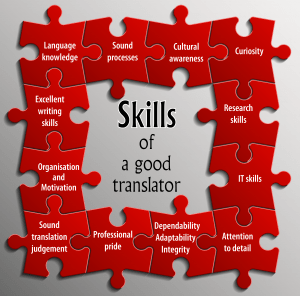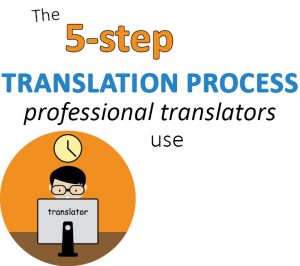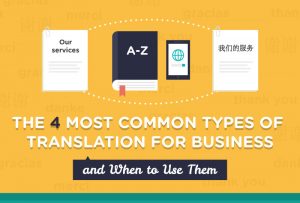Translators and interpreters are often considered one and the same. They translate languages.
In a similar way the words translation and interpreting are often used interchangeably.
However at a technical level these terms are not synonyms.
For us in the language services field, translators & interpreters perform quite different roles.
Translation = written language
The word ‘translation’ has various meanings, the broadest of which is simply converting something from one form to another, as in the translation of theory into practice.
Then there are certain technical uses of the word relevant to specific technical fields, but we’ll leave those aside.
When referring to languages, the more general meaning of ‘translation’ is expressing the meaning of words in one language in a different language, and a person doing this is a translator.
Both words derive from a Latin verb meaning to “carry over”, so we’re talking about “carrying over” what is expressed in one language into another language.
In this general use of the word, translation can therefore refer to both spoken and written language. A translator may produce a written translation of a text, or verbally translate what a speaker or speakers say.

However in the language services field we need to make a distinction between the translation of a written text and the translation of spoken language, because the two activities involve very different processes, settings and skillsets.
Thus we typically use the words translation and translator to refer only to written texts.
In this more technical meaning, translation means the conversion of written text in one language into a corresponding written text in another language.
Interpreting = spoken language
We use the words ‘interpreting’, ‘interpreter’ and ‘interpret’ for spoken language situations.
So for us a translator translates and an interpreter interprets.
The translator starts with a written text and produces a written text, whereas the interpreter hears and produces spoken language.
An interpreter doesn’t translate and a translator doesn’t interpret, although of course some individuals may work as both translators & interpreters.
But what about ‘Sight Translation’?
Now that’s all clear cut, but just to complicate matters our industry also uses a term ‘sight translation’ to refer to the specific circumstance when someone is asked to read a document in one language and give an immediate verbal translation (or summary) of what the text says in another language.
A definition given on Wikipedia is “the act of translating a written text out loud“.
It seems surprising that we would refer to this process as ‘translation’ because that would imply a written text is produced, which is not the case as the meaning is conveyed verbally only. And this of course is what an interpreter does.
So sight translation is translation in the general sense of the word, but not in the technical sense normally used in our field.
‘Sight interpreting’ probably better conveys what is involved, and in fact this term is also used, albeit much less frequently.
Conclusion
So to answer our question: at a technical level yes, what translators & interpreters do are considered different activities.
However at a non-technical level, the word translation also encompasses what we technically refer to as interpreting.
Other articles that may be of interest:
The specialised skills needed for professional translation, and why so few people have them
The translation process the professionals use, and what happens when you miss a step out
The 4 most common types of translation in business, and when to use each one




